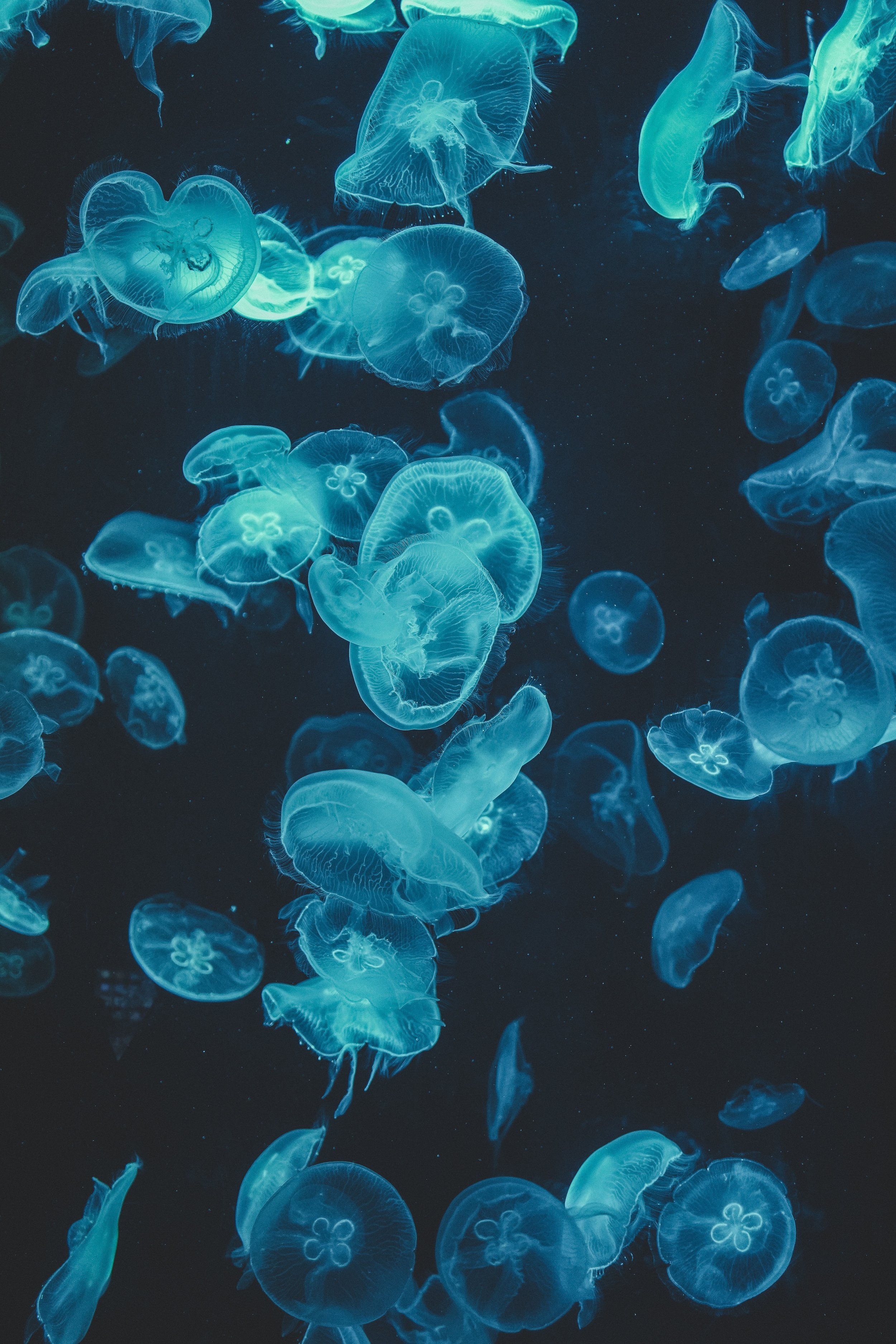
Unit 42: Specific Heat Capacity & Phase Changes
Practice Problems

Note: problem difficulty is ranked using a star system.
(*) One-star problems are fundamental to the unit, and can be done relatively quickly. Use these problems to introduce yourself to the material.
(**) Two-star problems are more difficult, and require an understanding of one or two key concepts. Use these problems to test your understanding of the material.
(***) Three-star problems are the most difficult, and require some creative thinking in addition to a deep familiarity with multiple key concepts. Use these problems to challenge yourself; if you can complete one of these, you’re on your way to mastering the material.
*Q42.1) How much heat is required to raise the temperature of 2kg of liquid water from 10°C to 30°C?
*Q42.2) How much heat is required to melt 2kg of ice?
*Q42.3) How much heat is released when 2kg of steam condenses?
**Q42.4) How much heat is required to completely evaporate 10kg of -20°C ice?
***Q42.6) How long would it take to completely evaporate 10kg of -20°C ice if placed on a 1500W stovetop? Assume 60% of the stove’s heat is transferred to the ice/water and the rest is lost to the surrounding air.
**Q42.5) A hardworking person might generate 200W above and beyond what they generate while at rest. Assuming all this excess heat is removed via the evaporation of water (sweat), what mass of sweat would evaporate during 2 hours of hard work? Assume the initial temperature of the sweat to be 37°C.
